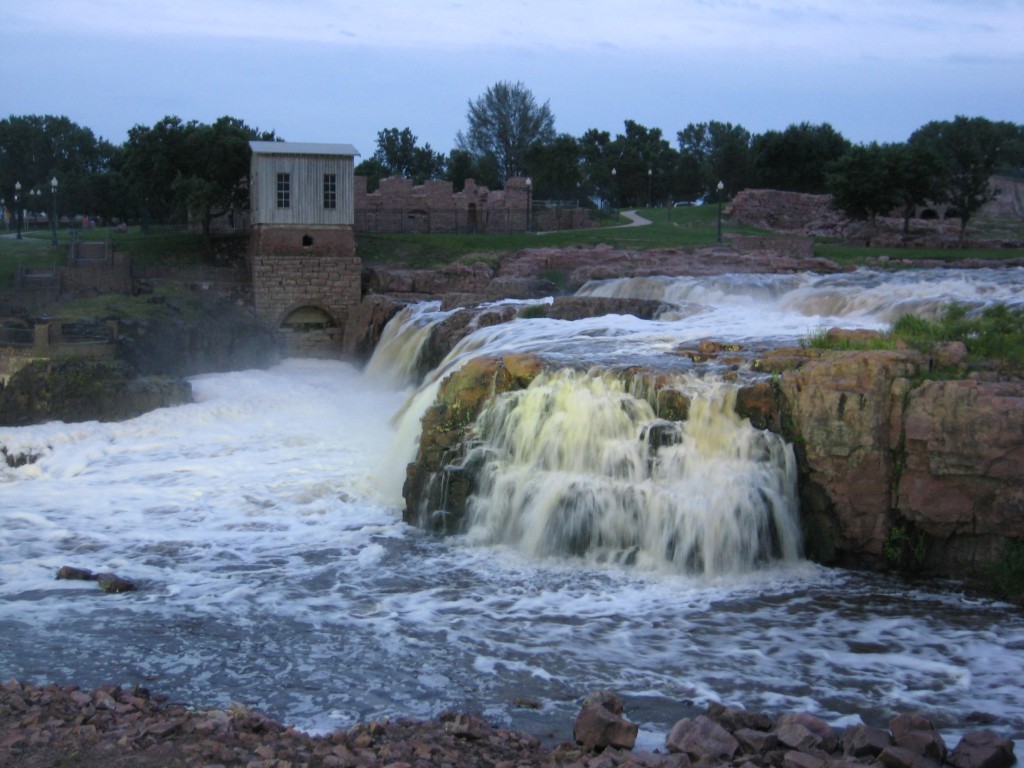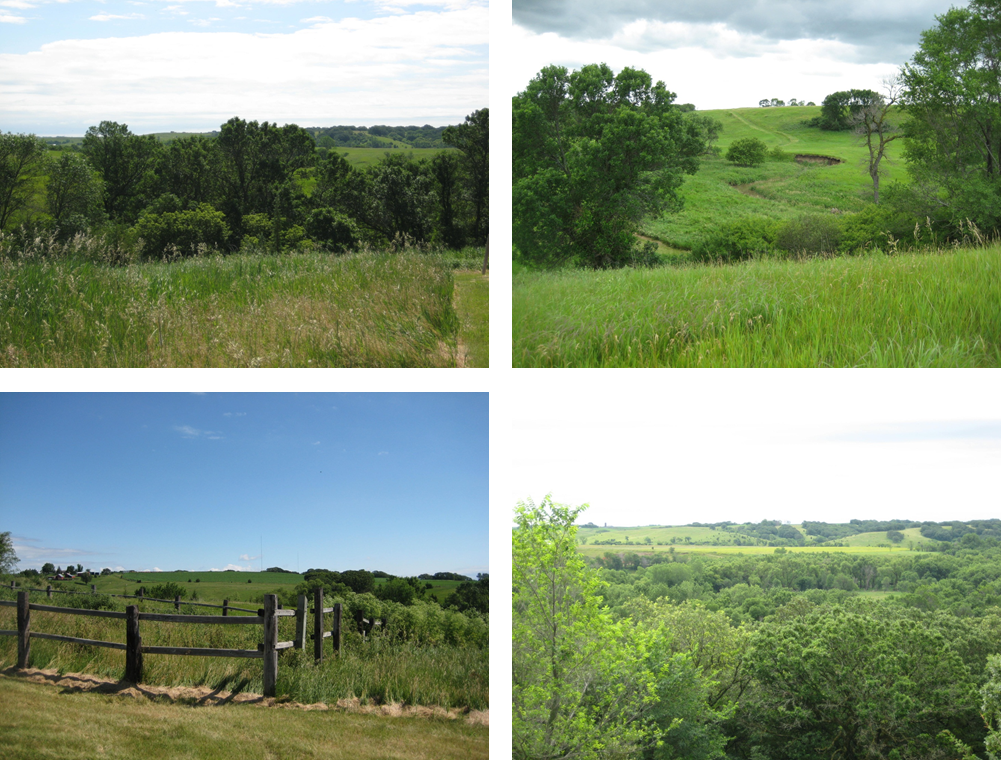The Silent City
By Taylor on June 23, 2015 in Blog

Along the Big Sioux River in the northwest corner of Iowa lays Blood Run. Splitting its 3,000 acres between Iowa and South Dakota, this land was designated a National Historic Landmark in 1970. INHF later helped acquire portions of the site in the early 1980s.
From about 900 to 1700, Blood Run housed the Ioway, Omaha, Ponca and Oto tribes and remains the largest known and most complex site of the late prehistoric Oneota tradition. The area takes its name from Blood Run Creek, which would turn the red color of iron oxide during heavy rains.
Since 1700, though, Blood Run has been empty, prompting authors Dale R. Henning and Gerald F. Schnepf to dub it “The Silent City.” Their booklet, Blood Run: The Silent City, published last fall, explores the rich repository of archaeological history in Blood Run, including burial mounds and village sites. An estimated 40 different Native American tribal groups may have a history at the site.
Schnepf, INHF president from 1979 to 1994 and current executive director of Keep Iowa Beautiful, comments on the importance of this historical site:
“For the descendants of the Ioway, Omaha, Oto and Ponca tribes, this is a place of reverence, spiritual value, memories to celebrate the heritage of these great nations and a place where their ancestors have been laid to rest.”

Snapshots from an INHF visit to Blood Run
